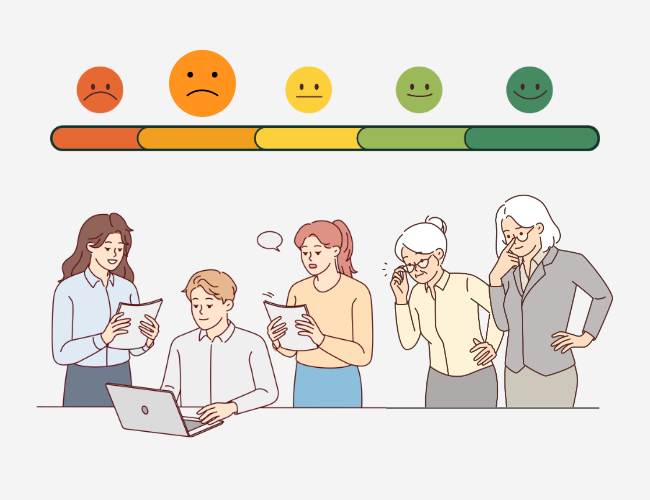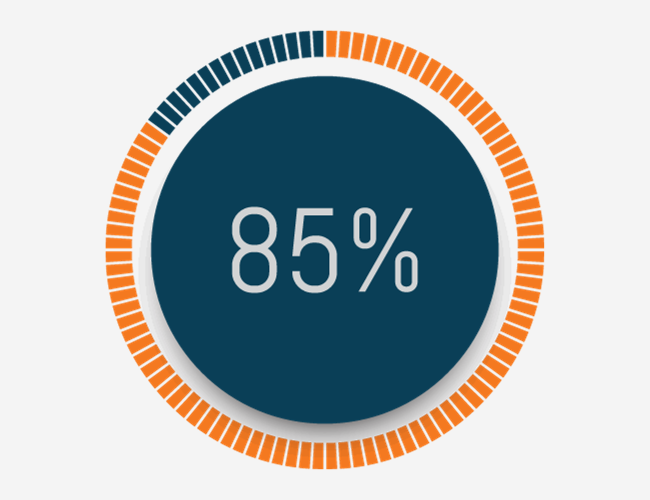Crafting a competitive, holistic wellness program to attract and retain the best talent can require a lot of resources. It’s important that investment produces its desired results. In order for companies to reap all the benefits wellness programs can provide, employees must be engaged in these programs.
A study conducted by Cigna, a global health service company, revealed that health engagement incentives programs can lower total medical costs for their employers by an average of 10%. For workers with more than one chronic condition (such as heart disease or diabetes), engagement incentives have an even greater influence, with an average of 13% in savings.
The study gathered data from over 210,000 employees at 28 companies over the course of three years. Specifically, it analyzed and compared the health and behaviors between employees that participated in Cigna’s health incentives program, MotivateMe®, with those that did not participate in the program.
In addition to the financial savings, those involved in the incentives program had better health outcomes. Data revealed these customers were six times more likely to meet a healthy targets for body mass index (BMI) and five times more likely to have healthy blood pressure levels. Additionally, 45% more achieved healthy cholesterol levels, and 30% more met recommended blood glucose targets.
“By putting the customer at the center of all we do, and surrounding them with supportive, on-demand tools and resources to help them achieve their well-being goals, we’re able to deepen our customers’ engagement and keep them motivated over time, while improving their health and reducing costs,” said Joan Harvey, Senior Vice President of Consumer Health Engagement at Cigna.
Customers involved in the engagement incentives were twice as likely to make goals and twice as likely to achieve those goals. Not only do these results and savings mean a better return on investment but also an improved value on investment. Healthier, happier employees have better work performance and productivity. Plus, wellness benefits can’t be truly effective if employees are unable or unwilling to participate in the programs. Incentivizing employees with rewards motivates them to take advantage of the wellness resources and tools that are available to them.
It’s also important to consider that people with the poorest health struggle the most with motivation—but they also have the most to gain. Living with multiple chronic conditions or having never been encouraged by family or friends can lead to a pattern of disinterest and negative feelings when it comes to wellness-related activities. A supportive engagement program can provide powerful encouragement to these employees. Inspiration, in and of itself, can support mental, social, and emotional health.
Encouraging Employees With Rewards And Support
Cigna’s study primarily looked at programs that offered financial rewards as incentives. Financial incentives can include gift cards, contributions to health accounts, lower healthcare premiums, and other cost savings that are rewarded to employees for meeting a specific health or wellness goal.
However, there are other ways to incentivize employees. Some employer programs offer other prizes, like free or discounted fitness gear or grant an extra personal day off for employees that meet health milestones.
As always, engagement is key: technology for easier activity and goal tracking, regular reminders to move and stretch throughout the day, and a fun and supportive atmosphere can make incentives programs more effective. Getting management and other leadership involved and excited about these programs (as well as equipping them to support employees navigating health challenges) is an easy and simple way to create a strong culture of positivity and wellness.












